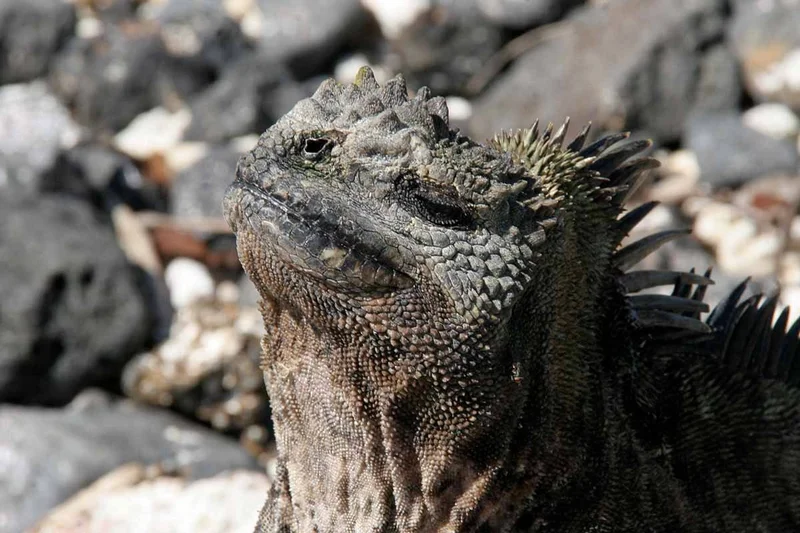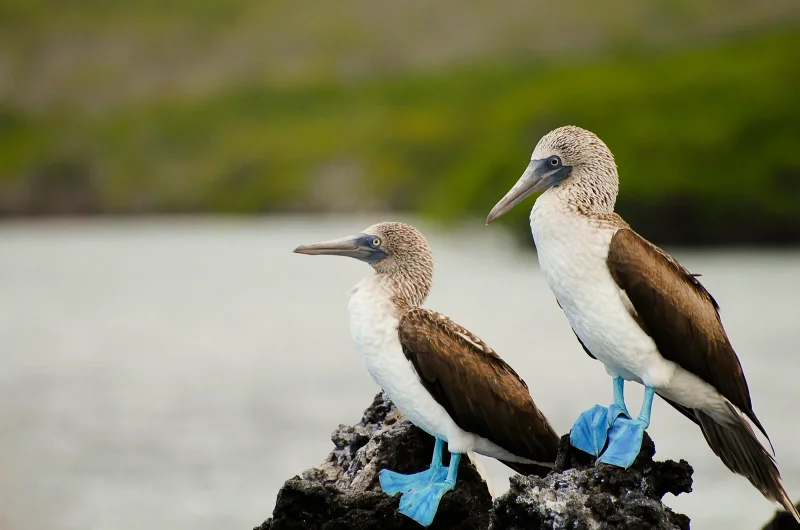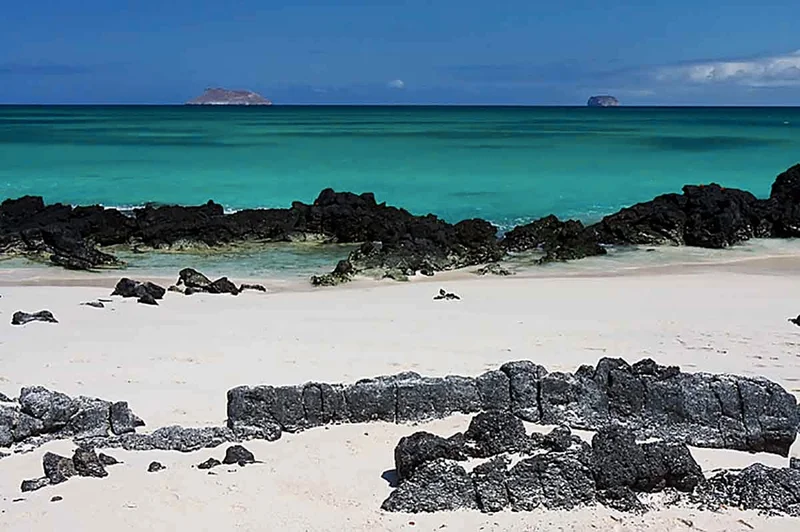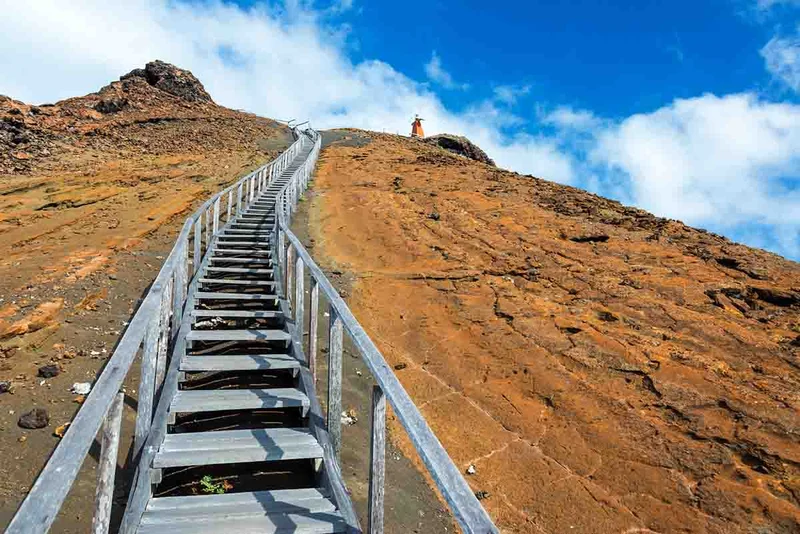

8 Day Galapagos Itinerary
Day 1: Santa Cruz Island: Black Turtle Cove
Arrival from Mainland, your friendly guides will be expecting you outside customs to begin your wonderful Galapagos adventure.
Black Turtle Cove
Situated in the northern part of Santa Cruz, this inlet is surrounded by mangroves and is only accessible by dinghy. The shallow cove is a safe haven for young marine life including Black-tip & White-tip reef sharks, Rays and sea turtles.
Day 2: Genovesa Island: El Barranco & Darwin Bay
El Barranco
Also known as “Prince Phillip’s Steps”, El Barranco is a steep, rocky path that leads up to a high cliff-face. A marvelous view can be appreciated from here. This site is also home to palo santo vegetation as well as red-footed boobies, Doves, Storm Petrels, Galapagos swallows and short-eared lava owls.
Darwin Bay
This white sand coral beach heads a half mile trail that winds through Mangroves filled with land birds like Nazca & Red-footed boobies, swallow-tailed gulls and more. Further down the path are tidal pools where sea lions swim playfully. At the end is a spectacular view off a cliff.
Day 3: Santiago Island: Sullivan Bay & Rabida Island
Santiago Island: Sullivan Bay
A coral beach landing leads you towards a lava field as far as the eye can see. Hunt and peck over the two distinguished types of lava, pahoehoe and “’a’a”, for signs of plant life that have managed to emerge over the past 100 years since the most recent volcanic explosion. A truly amazing volcanic experience…up close and personal!
Rabida Island
Rabida Island (Jervis) is one of the most colorful and volcanically varied islands in the archipelago and a great snorkeling site. Its famous maroon sandy beach and stunning lookouts provide wonderful landscapes. The island is a birdwatcher’s delight. Some of the rarest species are in abundance, such as nine varieties of finches, large-billed flycatchers, Galapagos hawks and brown pelicans.
Day 4: Charles Darwin Station & El Chato Reserve
Charles Darwin Station
The Charles Darwin Research Station is home to turtles ranging from 3-inches (new hatchlings) to 4-feet long. Subspecies of turtles interact with one another and many of the older turtles are accustomed to humans stretching out their heads for a photo opportunity. The babies are kept until they are about four years old and strong enough to survive on their own.
El Chato Reserve
our first visit is to “El Chato” Reserve, divided into two areas: Caseta and Chato. The trail begins at Santa Rosa from Puerto Ayora, with the Caseta route being the more challenging. The reserve allows visitors to observe giant tortoises in semi-wild during the dry season and is also a good place to spot Darwin’s finches, yellow warblers, Short-eared Owls, paint-billed crakes and Galapagos rails.
Day 5: Santa Cruz Island: Dragon Hill & Bachas Beach
Dragon Hill
Situated on Santa Cruz Island, is one of the newest visitor sites accessible to tourists in the Galapagos Archipelago. One of the lengthier Galapagos walking trails will lead visitors along a beach and up a trail to the lagoon lookout where you will spot bright Flamingos, Land Iguanas (nesting site) and Pintail Ducks.
Bachas Beach
Located on the north shore of Santa Cruz, Las Bachas is a picturesque swimming beach. One of the few remnants of the U.S. World War II presence in the Galapagos, a floating pier, can be seen here. You may see flamingos, Sally Lightfoot crabs, hermit crabs, black necked stilts, and whimbrels. Sea turtles also nest off the beach.
Day 6: Floreana Island: Post Office Bay & Cormorant Point
Post Office Bay
In the 18th century whalers passing through the islands placed a wooden barrel on Floreana Island for use as an unofficial mail box. The tradition continues today as visitors leave addressed postcards in the barrel and sort through left mail to deliver at home.
Cormorant Point
This site hosts a beautiful flamingo lagoon where other birds such as white-cheeked pintails and common stilts can also be seen. The beaches on this island are quite unique: the “Green Beach” named for its greenish color, which comes from a high percentage of olivine crystals in the sand, and the “Four Sand Beach” composed mainly of white coral.
Day 7: Española Island: Suarez Point & Gardner Bay
Suarez Point
The area is great for spotting Blue-footed & Nazca boobies, Hood Mockingbirds and Tropic-birds and, of course, Waved-Albatrosses. A beautiful site on the ocean front from where the majestic albatrosses use the cliff as a launching pad. The famous attraction is the magnificent blowhole, spurting water high into the air. This site presents wonderful photograph opportunities.
Gardner Bay
Gardner Bay, on the eastern side of the island, is the breeding site of nearly all of the world´s 12,000 pairs of waved albatrosses. It has an ample white sandy beach with a myriad of sea lions, perfect for relaxing. Its rocky shores make this site a great place for diving and snorkeling.
Day 8: San Cristobal Island: Interpretation Center
The Interpretation Center was opened in 1998 as a phase of the project “Interpretation and Environment Education Project.” Visitors enjoy expositions on natural history, human history, and conservation. The conservation efforts represent the movement to protect the wildlife and natural environment through means of population and tourist control. The Interpretation Center has an outdoor stadium, audio-visual equipment, and meeting rooms.
After the morning excursion you will be taken to the airport for your flight to the mainland.

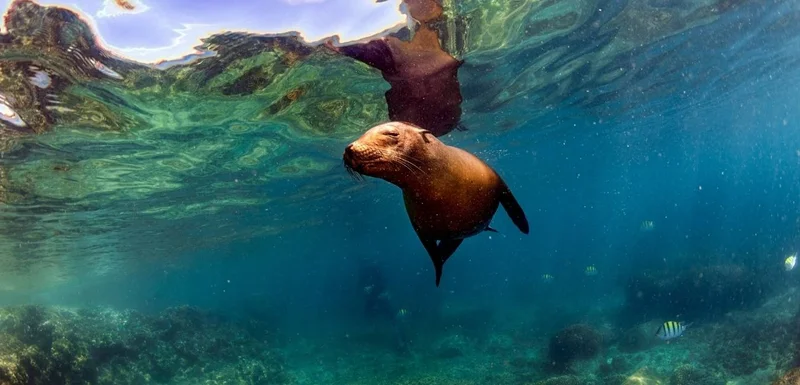
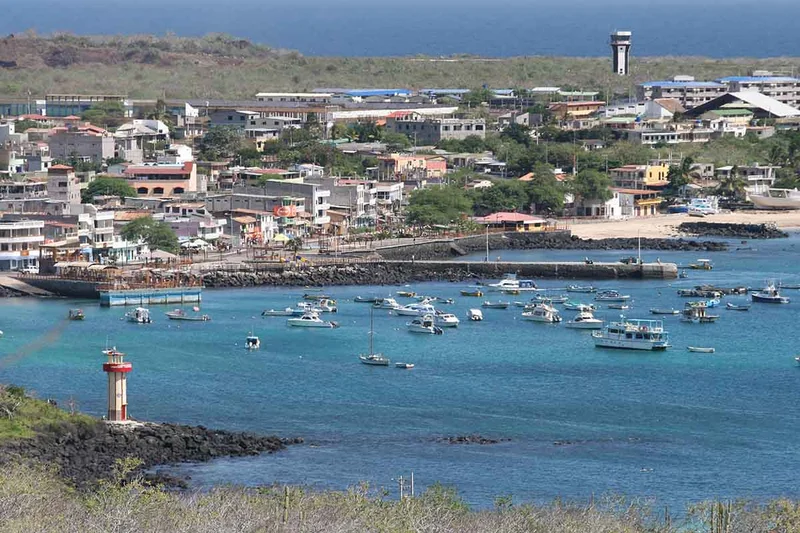
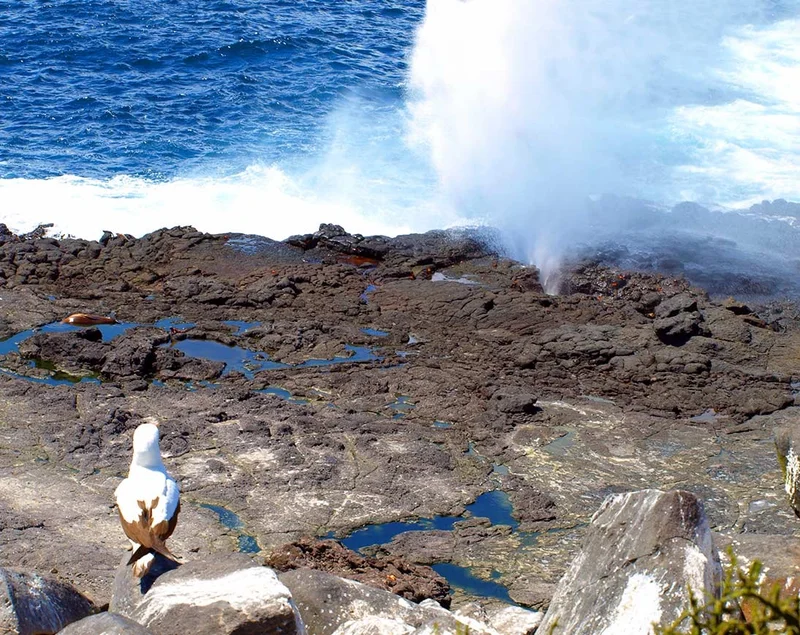




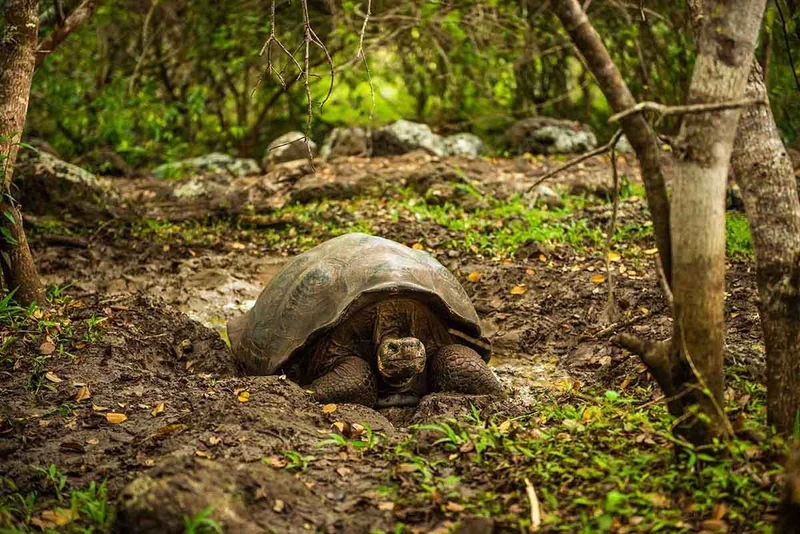
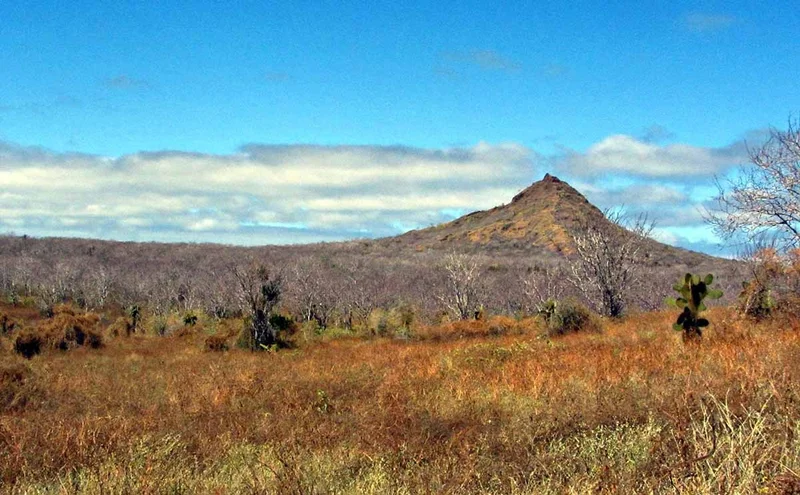
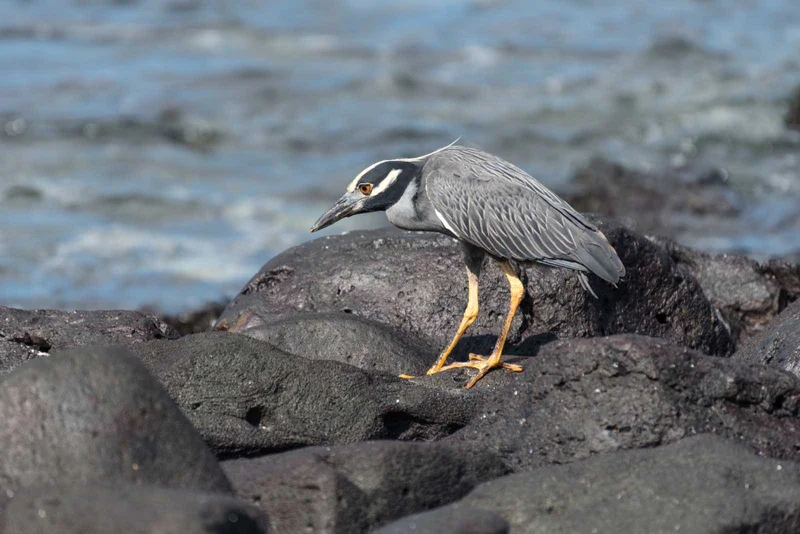
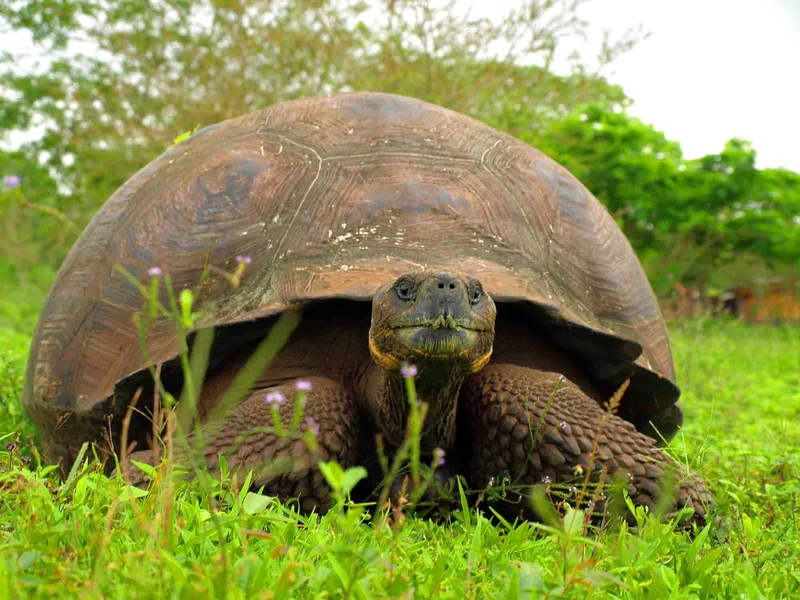

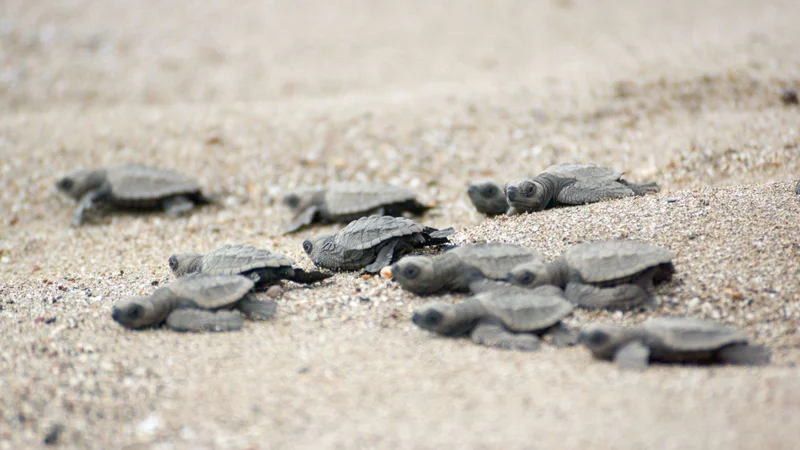
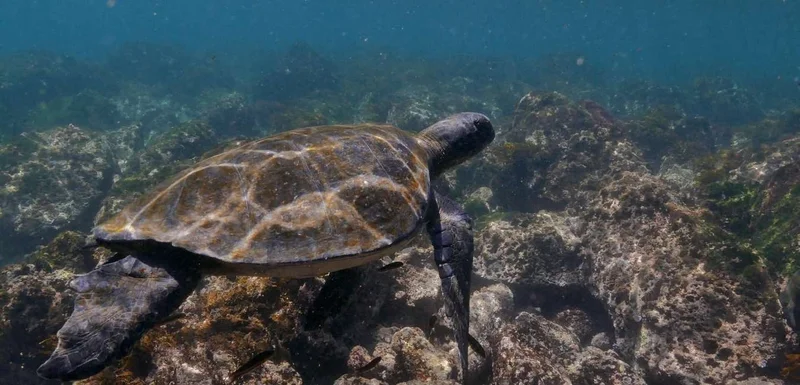
8 Day Galapagos Itinerary Includes
- All programed visits as per itinerary with specialized naturalist bilingual guide
- Accommodation in twin/double cabin with private facilities
- All meals on board, drinking purified water, coffee and tea
- Snorkeling equipment (fins, mask & snorkel) wet-suits & sea-kayaks
- Transfers within the islands on cruise dates as per itinerary
- Personalized 24/7 assistance during tour.
8 Day Galapagos Itinerary Does not Include
- Airfare to/from Galapagos from/to Mainland Ecuador (to be added)
- Galapagos National Park Entrance Fee US$200 per person (in cash only upon arrival)
- Galapagos Migration Card US$20 in cash per person (at Mainland’s Airport)
- Alcoholic/soft drinks, personal expenses, extras, and tips
- Travel, medical & cancelation insurance and any services on mainland
- International Flights to Ecuador
- Other services not specified in the program
8 Day Galapagos Itinerary Highlights
- Quality service and personalized attention on board one of the newest cruises sailing the Galapagos.
- Amazing variety of bird-life at Genovesa
- Beautiful Flamingos and “the Green Beach” at Cormorant Point.
- Unreal landscapes at Santiago Island.
- Marine exploration at Darwin Bay, Gardner Bay and Rabida Island.
- Excellent excursions and activities accompanied by two professional Naturalist Guides.
- All excursions and activities with two professional Naturalist Guides.
- The two marvels of Española in one day: the Blowhole and the Waved Albatrosses colony.
Itinerary Map

Dates & Promotions
Dates |
|---|
No data |
Reviews
Animals you might see on this itinerary:
More information about the Galapagos Islands you visit in this 8 day itinerary:
Galapagos in Style 8 day Infinity Yacht Adventure
Why travel with us?
Similar Itineraries
